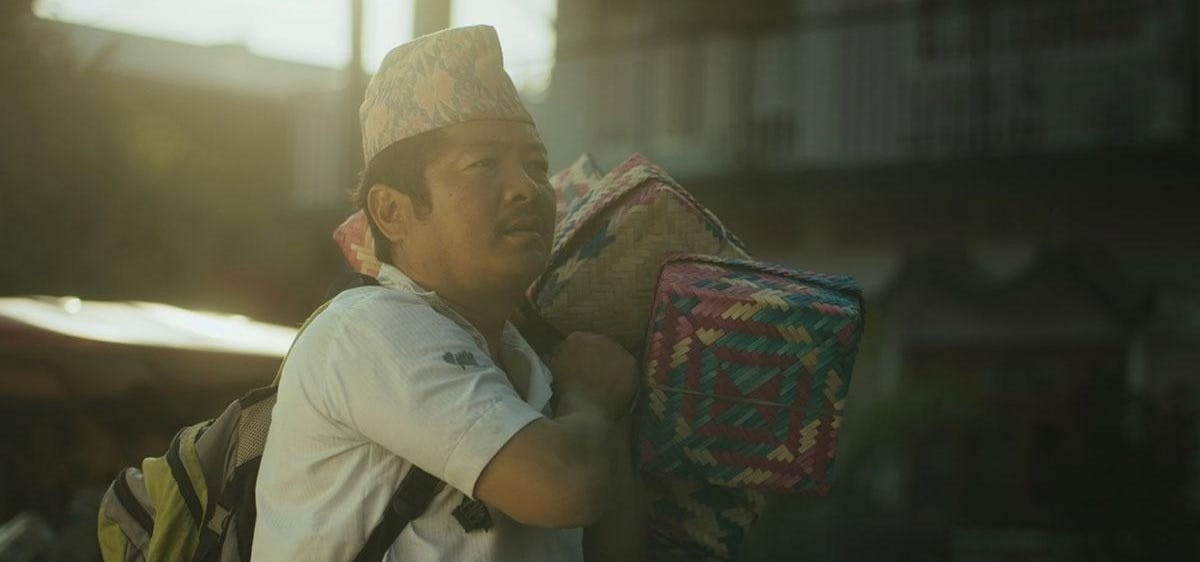Directed by veteran Nepali filmmaker Nabin Subba, A Road to a Village received its world premiere at the Toronto International Film Festival and will also screen at the upcoming Busan International Film Festival in South Korea. Over his 40-year career in directing for both stage and screen, Subba has built a formidable portfolio of work focusing on the indigenous communities living around Nepal. He has written, directed and produced 16 films, including Goodbye Kathmandu (2017) which was also showcased at the Busan International Film Festival.
Funding for A Road to a Village was raised through contributions from the Rai community and Nepali diaspora who are living in Hong Kong, U.S., U.K. and Australia. “We have to tell this story because it’s about our culture and how it’s being threatened by this process of development,” Subba says. “A lot of the film’s ideas are about how modernity and traditional ideas are colliding and how the skills of these people are becoming erased.”
Full of vivid details, the film follows the dreams and struggles of Maila (Dayahang Rai), a basket weaver, and his wife Maili (Pashupati Rai) when a road is built through their once-remote village. Along with their seven-year-old son Bindre (Prasan Rai), the family lives in the mountainous region of eastern Nepal. After the road is built, the family grapples with their new reality, as buses, sodas and television sets start to appear.
Subba and co-producer Amod Rai assembled a cast who are all mostly from the indigenous Rai community that the film is based on. This includes popular Nepali actor Dayahang Rai as well as Pashupati Rai. The film’s debates about development in Nepal and spotlight on the indigenous Rai community are close to these two actors’ hearts.
“The central government talks about a train that will come from China or India with goods and things. The road infrastructure is a kind of development but it will not bring justice nor peace,” Dayahang Rai shares. “The film touched on how this development idea can bring pain and tragedy to village people who are not affluent and who don’t have any access or power.”
Preparing for his role as a basket weaver in the village, Dayahang Rai practiced his craftsmanship and skills for over a week prior to the shoot as well as work with a language coach to fine-tune his accent. “We are both from the Rai community but our accents are different,” said Dayahang Rai, about his collaboration with co-star Pashupati Rai. “We had to work together to figure out how to approach the accent.”
“Since we shot in real locations, it was easy to get into character,” Pashupati Rai says. “Director Nabin likes to work in in depth with actors and he gives a lot of notes about what’s working or not. At first, I was scared to work with him, but also very excited.”
“I was born and raised in a similar village as you see in this film so I knew what the lifestyle would be like,” Dayahang Rai says. “I moved to the city at 18 years old and now I am used to city life, but going back to that [village] life for the character was easy for me.”
Many of the film’s department heads are also from the Rai community, including co-writer Mahesh Rai and costume designer Sikuma Rai. The children who appear in A Road To A Village, including Bindre, were cast from the village that featured in the film.
Read the full article here





